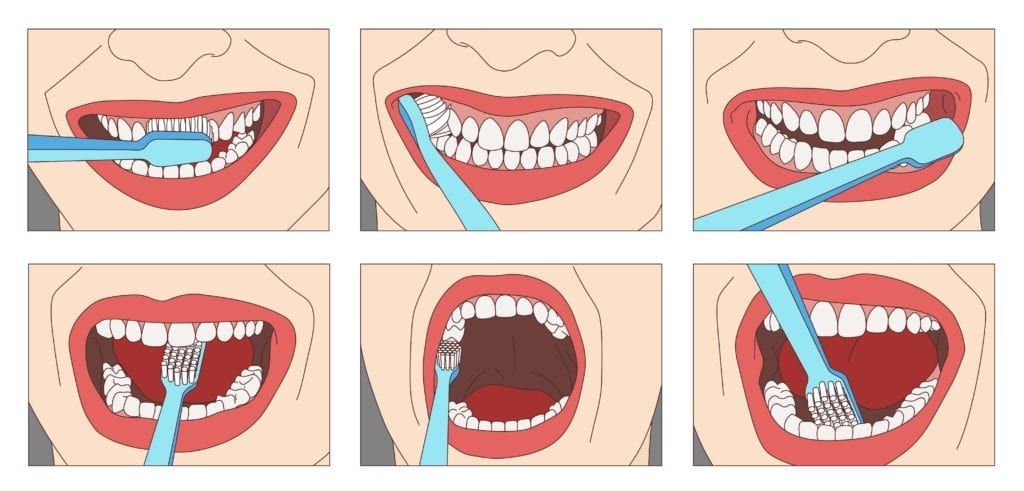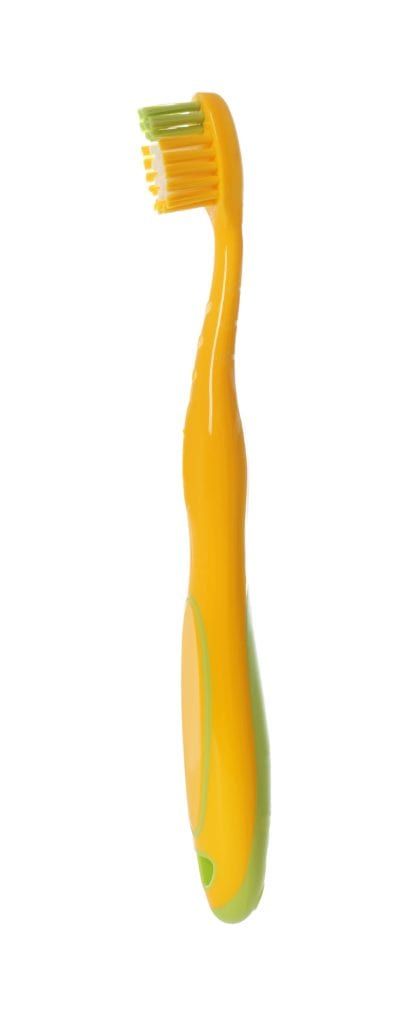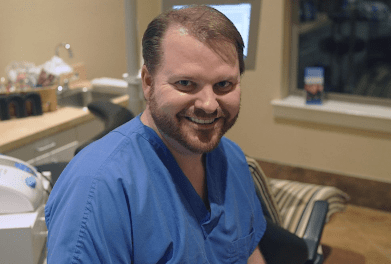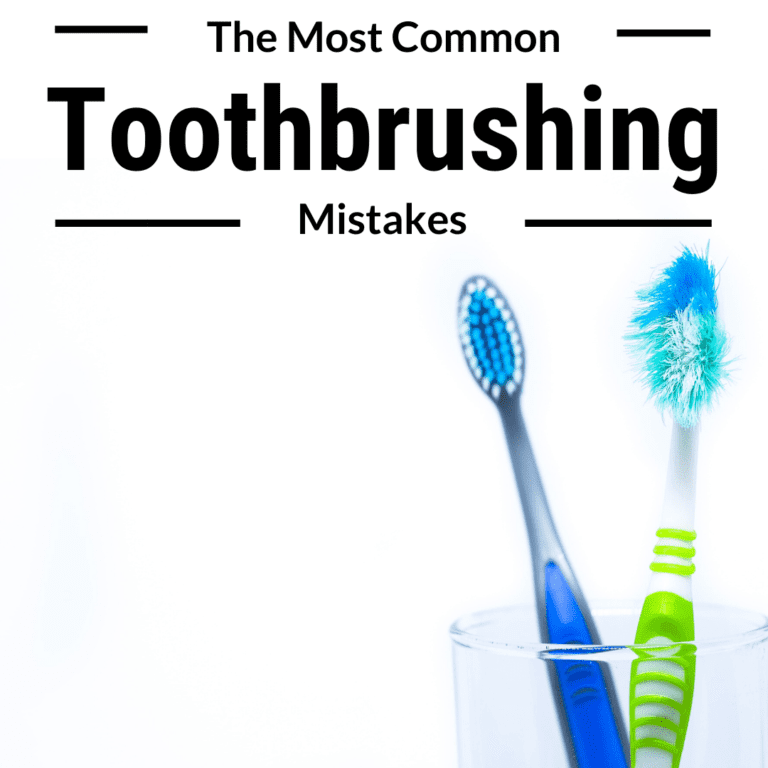While most people know that brushing their teeth twice a day is an important part of taking care of their oral health, not everyone knows the best way to brush their teeth. In fact, there are a few common tooth brushing mistakes that dentist’s often notice when examining teeth. Do you make any of these mistakes?
Brushing Too Hard
Along with using a brush that is too hard, you can also damage your tooth enamel and gums by brushing your teeth too hard. Dental plaque is soft and can easily be removed without needing to scrub your teeth. Instead, you will want to use the toothbrush to massage the surface of your teeth.
Brushing with the Wrong Motion
Many people brush their teeth by moving their toothbrush from left to right along their teeth. Unfortunately, this approach doesn’t clean your teeth and can even do more harm than good. Instead, you will want to start at the gum and move your toothbrush up and down in a circular motion.

Using a Stiff Toothbrush

Although you may believe that stiffer bristles can get your teeth cleaner, they are actually detrimental to both your tooth enamel and gums. Toothbrushes with stiff bristles are both erosive to the tooth enamel and irritating to the gums. In fact, brushing with a stiff bristled brush can cause your gums to recede, or pull away from the teeth.
Using an Old Toothbrush
Once you have the correct toothbrush and are using the correct amount of pressure, you will also need to be sure not to use the same toothbrush once it wears out. Signs of a worn out toothbrush can include bristles that are discolored, bent, or frayed. To avoid using a worn out toothbrush, be sure to replace it every 3-4 months.
Not Brushing Long Enough
The American Dental Association recommends brushing for two minutes at a time twice a day. Shaving off a minute or even seconds from this two minutes increases the likelihood that plaque will accumulate in the areas you miss.
Skipping the Gum Line
One problem with not brushing long enough is that you are probably skipping the gum line. This junction between your gums and tooth is a common area for plaque and bacteria to accumulate. To remove plaque from the gum line, hold your toothbrush at a 45° angle while brushing along the gum line.
Forgetting the Inside
Most people brush the outside of their teeth, as well as the chewing surfaces. However, many people often forget to brush the inside of their teeth closest to the tongue. When brushing, be sure you are getting all sides of your teeth, including the inside.
Brushing Too Soon
After eating, you should be waiting 15-20 minutes before brushing your teeth. If you brush your teeth as soon as you finish eating, you may actually be doing more damage to your enamel. This is because the acid concentration in your mouth is higher after you eat, which means it is more likely for the acid and abrasive motion of brushing to collectively damage your enamel.
Rinsing with Water
The final step of brushing your teeth is to spit out the excess toothpaste. However, some people make rinsing with water an additional step. Unfortunately, rinsing with water removes the fluoride supplied by the toothpaste. Therefore, you should not rinse your mouth with water after brushing your teeth to ensure the fluoride remains on the surface of your teeth. This is important because fluoride makes your enamel stronger and minimizes the risk of tooth decay.

Dr. Martin is a highly skilled dentist of 16 years, and a graduate of Baylor College of Dentistry. During this time, he has placed over 500 implants and maintains his skills by taking more CE courses than required by the State Board each year.
